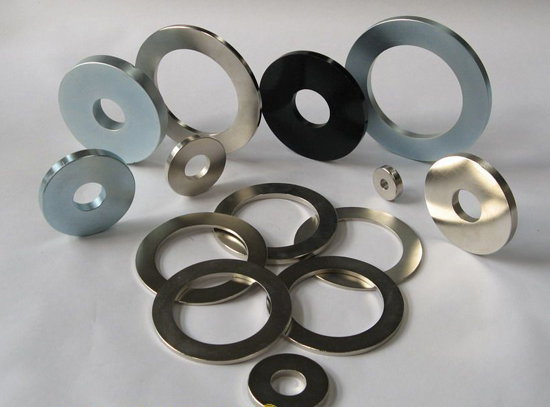News & Events
What does a magnet do?
Posted on Sep. 28, 2012
Magnets do the following things:
Attract certain materials – such as iron, nickel, cobalt, certain steels and other alloys;
Exert an attractive or repulsive force on other magnets (opposite poles attract, like poles repel);
Have an effect on electrical conductors when the magnet and conductor are moving in relation to each other;
Have an effect on the path taken by electrically charged particles traveling in free space.
Based on these effects, magnets transform energy from one form to another, without any permanent loss of their own energy. Examples of magnet functions are:
A. Mechanical to mechanical – such as attraction and repulsion.
B. Mechanical to electrical – such as generators and microphones.
C. Electrical to mechanical – such as motors, loudspeakers, charged particle deflection.
D. Mechanical to heat – such as eddy current and hysteresis torque devices.
E. Special effects – such as magneto-resistance, Hall effect devices, and magnetic resonance.

